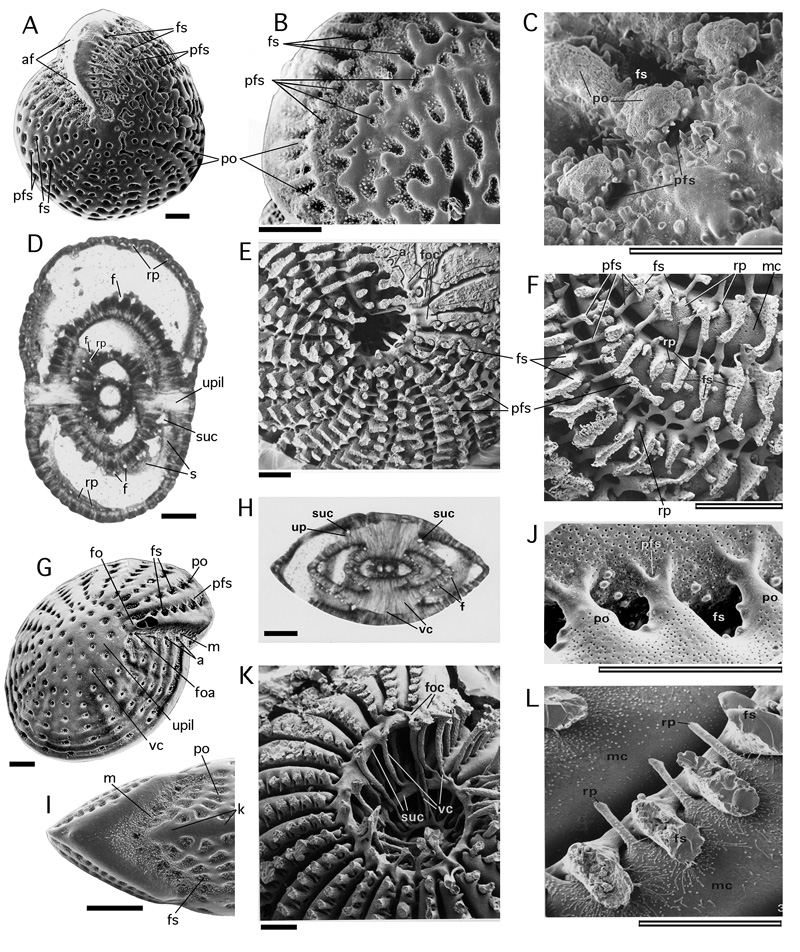
Figure 54: Fossette, parafossette, ponticulus and retral process in advanced elphidiids from the Gulf of Aqaba, Red Sea. Recent. SEM graphs except D and H.
A-F: Elphidium striatopunctatum ( et ). A: lateral (umbilical) view of the surface of the shell. B: detail showing the orifices of the canal system. Note the heavy spiking of the orifices, a device to fend off
inedible particles such as diatom frustules. C: the detail of an orifice of a parafossette. Note its alignment with the axis of the adjacent ponticulus. D: axial section of megalosperic specimen, transmitted light micrograph. Note the row of foramina at the base of the chamber and the row of retral processes in the
chamber roof. E: epoxy resin cast of the cavities of the shell showing the narrow spiral of the umbilical canal and the double row of fossettes and parafossettes representing the septal interlocular space. F: detail of a cast showing the disposition of fossettes and parafossettes and their connection to the intraseptal canal system.
G-L: Elphidium craticulatum ( et ). G: oblique-peripheral view of entire shell. H: axial section of megalospheric specimen. Transmitted light micrograph. Note the single row of foramina at the bottom of the chamber and the broad umbilical pile with its funnels. I: apertural face showing the masked apertures. Note the imperforate keel, an important specific character. J: detail of G: the orifices of the fossettes in the last chamber alternate with tiny parafossettes. These disappear when they are covered by subsequent secondary lamellation in later stages of growth. K: epoxy resin cast showing umbilical cavities including the foliar chamberlets at the tips of the alar prolongation of the chamber. The foliar chamberlets are transformed during ontogeny into a spiral umbilical canal. L: epoxy resin cast showing detail of septal architecure: the alternation of retral processes and fossettes. Note the tiny pores on the cast of the main chamber lumen and the traces of the spikes on the walls of a fossette.
a: aperture; af: apertural face; f: foramen; fo: folium; foa: foliar aperture; foc: foliar chamberlet; fs: fossette; k: keel; m: mask; mc: main chamber lumen; pfs: parafossette; po: ponticulus; rp: retral process; s: septum; suc: spiral umbilical canal; upil: umbilical pile; vc: vertical canal (funnel). Scale bars: 0.1 mm, double scale bars: 0.05 mm.